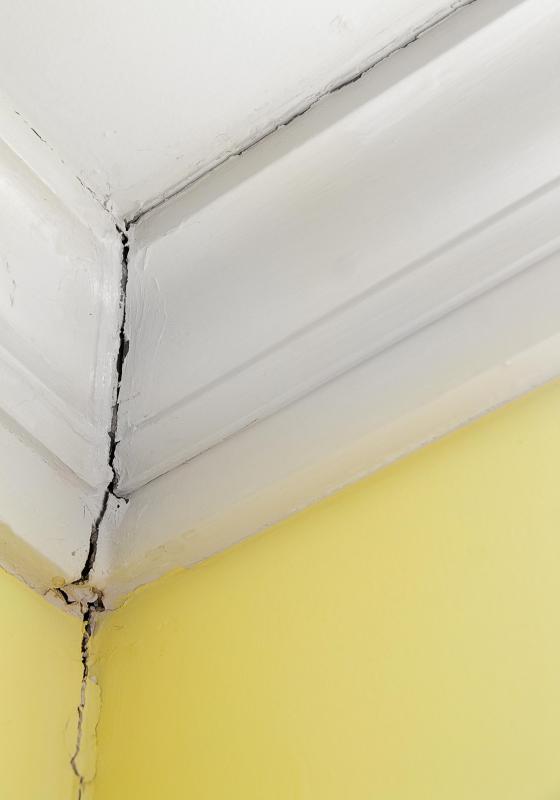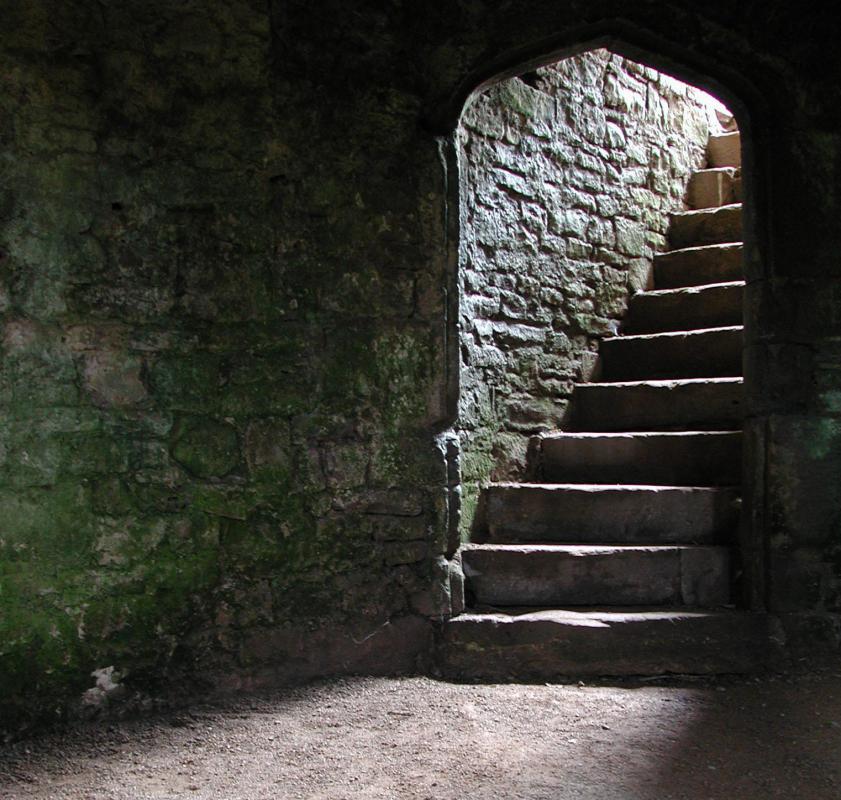At WiseGEEK, we're committed to delivering accurate, trustworthy information. Our expert-authored content is rigorously fact-checked and sourced from credible authorities. Discover how we uphold the highest standards in providing you with reliable knowledge.
What are the Best Methods of Radon Protection?
The best methods of radon protection depend on how radon is coming into the home. Deal with radon coming in through the ground by using a soil suction radon reduction system, home or room pressurization, or heat recovery ventilator. In the short term, passive ventilation, such as opening windows, can improve air quality in the home. People who depend on well water may find that their water has high levels of radon. This can be treated through point of use, or point of entry, systems.
Radon develops naturally when uranium breaks down in the soil. It enters the air through cracks in the ground. Outside, radon is not concentrated enough to cause health problems, but when it enters the home or other building it can accumulate to levels that increase the inhabitants likelihood of developing lung cancer. Radon protection is necessary because radon can enter the home through cracks in solid floors, cracks in walls, construction joints, and gaps surrounding utility pipe access. Radon can enter the home through the water system in homes that use wells rather than surface water.

Soil suction radon reduction systems are the most prevalent form of radon protection. The advantage of this system is that it does not require extensive, and expensive, changes to the house. A vent pipe and fan pulls radon from underneath the home and vents it to the outside. The system can be made more effective by sealing foundation cracks and openings in the home.

Home or room pressurization systems are effective radon protection, but are not the best choice because they affect the energy efficiency of the home, and can be inconvenient. A fan forces air into the basement or lower living area of the home from outside or the upper level of the house. The air pressure prevents radon from entering the home. Pulling outdoor air into the home increases the cost to heat and cool the home, however, and also can raise the moisture level in the home.
A heat recovery ventilator or air-to-air heat exchanger pulls outdoor air into the home to improve ventilation. The improved ventilation lowers radon levels. The heat recovery ventilator system is more energy efficient than home or room pressurization because the air being exhausted from the house is used to heat or cool the incoming air.
Removing radon from water at the tap is called point of use removal. This process is relatively inexpensive, but only treats a small portion of the water used in a household. A point of entry system is used to treat the water before it enters the house. Radon is removed from the water through an aeration system or by using granular activated carbon.
AS FEATURED ON:
AS FEATURED ON:












Discuss this Article
Post your comments